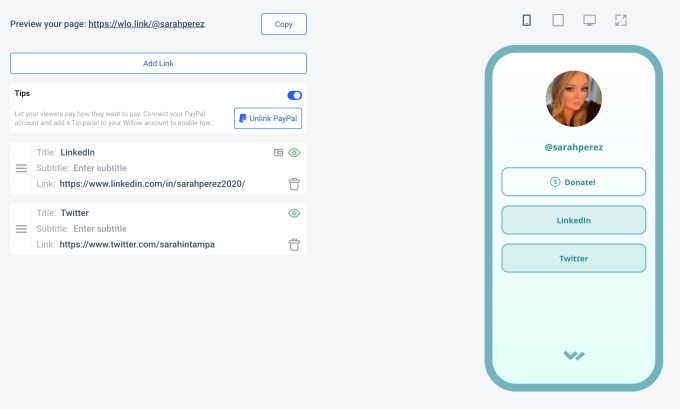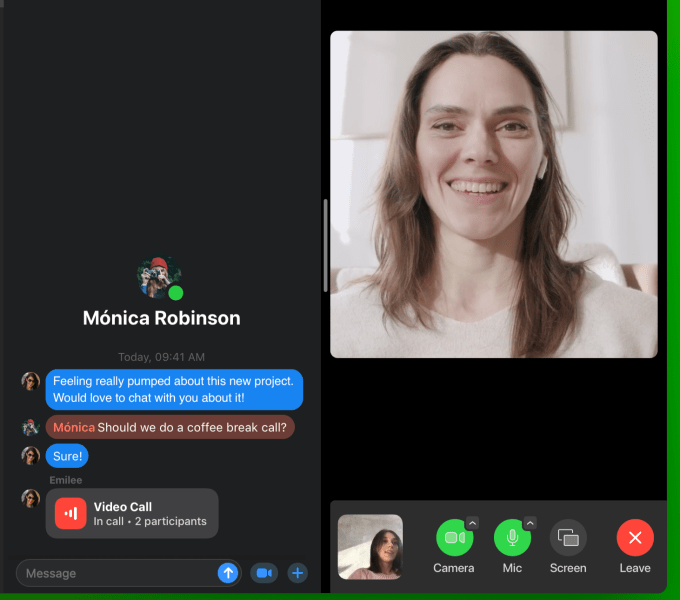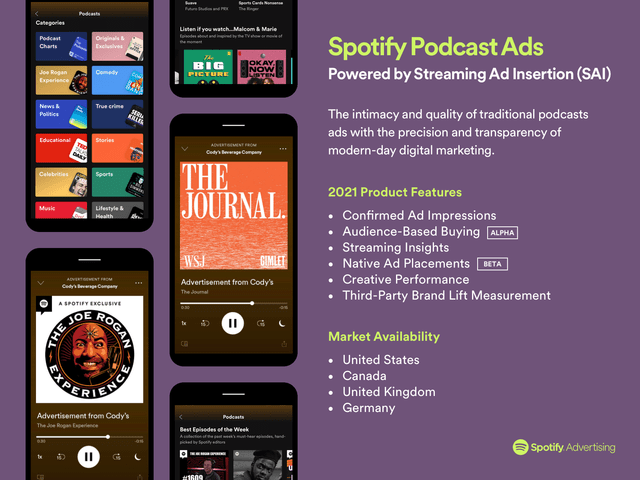Kapor Capital, the venture firm focused on funding social impact ventures and founders of color, is raising a $125 million fund, called Fund III, a source familiar with the situation told TechCrunch.
What’s notable about this fund is that it will be the first time Kapor Capital is accepting outside money from investors for a fund. Historically, the capital have come directly from Kapor Capital founders Mitch Kapor and Freada Kapor Klein.
The fund will be led by Kapor Capital partners Brian Dixon and Ulili Onovakpuri. The two will function as co-managing partners.
Onovakpuri was promoted from principal to partner back in 2018. At the time, she told me was interested in technology that makes access to healthcare more accessible, either through reimbursements to low-income people or through subsidized payments. On the people operations side, Onovakpuri said she was looking at investing in startups that help create inclusive cultures.
“What we have found is that more needs to be done in order to keep [people from diverse backgrounds] in and happy, so that’s what I’ve invested in,” Onovakpuri said.
Her first couple of investments were in mSurvey mSurvey, which started as a text message platform to identify disparities in the world, and tEQuitable, which aims to help companies be more inclusive.
Her co-manager, Dixon, became one of the first Black investors to be promoted to partner at a venture capital in 2015. At the time, Dixon told me he was focused on increasing the number of founders who identify as women and/or an underrepresented person of color in Kapor Capital’s portfolio to above 50%.
“As partner, that’s what I’m trying to continue to do,” Dixon said at the time. “We’re still looking for the best companies. We’re still looking for companies that are going to be impact companies, but also have VC-like returns, so I think that’s what unique about Kapor Capital, is that not many early-stage firms have that focus, and we think we do it pretty well.”
Today, 59% of the companies in Kapor Capital’s portfolio have a founder who identifies as a woman and/or an underrepresented person of color. Kapor Capital has been instrumental in advancing diversity and inclusion in the tech industry. Back in 2016, for example, Kapor Capital began requiring new portfolio companies to invest in diversity and inclusion as part of a Founders’ Commitment.
Kapor Capital has invested in companies like AngelList, Pigeonly, Bitwise Industries, Blavity, Bloc Power, Hustle and others.
Kapor Capital declined to comment for this story.
Source: Tech Crunch










